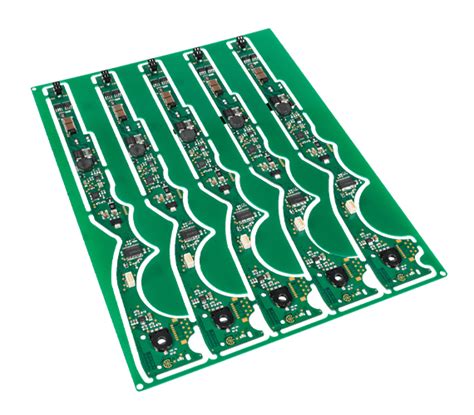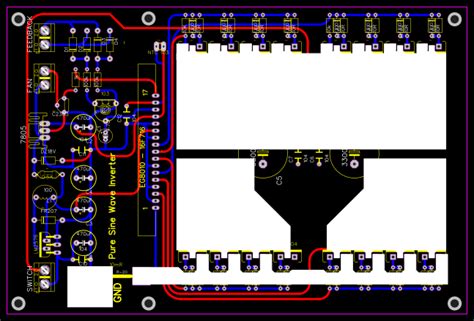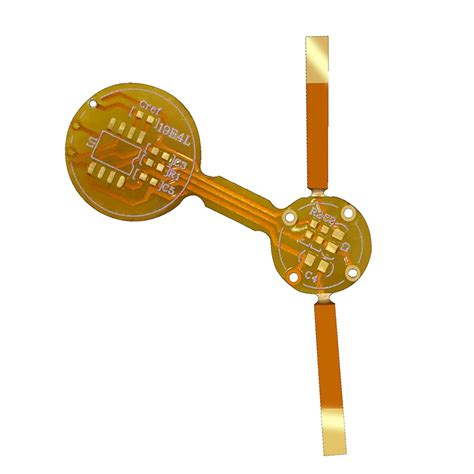Printed Circuit Board (PCB) Functional Testing: A Comprehensive Overview
Introduction
Printed Circuit Boards (PCBs) are the backbone of modern electronics, serving as the foundation for virtually all electronic devices, from smartphones and computers to industrial machinery and medical equipment. As the complexity of electronic systems continues to grow, ensuring the reliability and functionality of PCBs has become increasingly critical. Functional testing is a crucial step in the PCB manufacturing process, designed to verify that a PCB performs its intended functions correctly. This article provides a comprehensive overview of PCB functional testing, covering its importance, methodologies, challenges, and future trends.
1. The Importance of PCB Functional Testing
Functional testing is the final step in the PCB manufacturing process, where the assembled board is tested to ensure it operates as intended. This type of testing is essential for several reasons:
1.1 Quality Assurance: Functional testing ensures that the PCB meets the required specifications and performs its intended functions without defects. This is critical for maintaining the quality and reliability of the final product.
1.2 Cost Efficiency: Identifying and rectifying defects early in the manufacturing process can significantly reduce costs. Functional testing helps detect issues before the product reaches the customer, avoiding costly recalls and repairs.
1.3 Compliance and Safety: Many industries, such as automotive, aerospace, and medical, have stringent regulatory requirements. Functional testing ensures that PCBs comply with these standards, ensuring safety and reliability.
1.4 Customer Satisfaction: Delivering a defect-free product enhances customer satisfaction and builds brand reputation. Functional testing plays a key role in achieving this goal.

2. Functional Testing Methodologies
Functional testing can be performed using various methodologies, depending on the complexity of the PCB, the specific requirements of the product, and the available resources. The most common methodologies include:
2.1 In-Circuit Testing (ICT)
In-Circuit Testing is a widely used method for testing PCBs. It involves using a bed-of-nails fixture to make electrical contact with various points on the PCB. ICT is highly effective for detecting manufacturing defects such as shorts, opens, and incorrect component values. However, it is less effective for testing the functional performance of the PCB as a whole.
2.2 Flying Probe Testing
Flying Probe Testing is a non-invasive testing method that uses movable probes to test the PCB. This method is particularly useful for low-volume production or prototypes, as it does not require a custom fixture. Flying probe testing can detect many of the same defects as ICT but is generally slower and less comprehensive.
2.3 Boundary Scan Testing
Boundary Scan Testing, also known as JTAG testing, is a method that uses a dedicated test access port (TAP) to test the interconnections between integrated circuits (ICs) on the PCB. This method is particularly useful for testing complex PCBs with high-density interconnects. Boundary scan testing can detect opens, shorts, and other interconnect issues but is limited to testing digital circuits.
2.4 Functional Circuit Testing (FCT)
Functional Circuit Testing is the most comprehensive form of functional testing. It involves applying power to the PCB and testing its functionality under real-world operating conditions. FCT can include a wide range of tests, such as signal integrity testing, power consumption testing, and communication protocol testing. This method is highly effective for verifying the overall functionality of the PCB but can be time-consuming and requires specialized test equipment.
2.5 Automated Optical Inspection (AOI)
Automated Optical Inspection is a non-contact testing method that uses cameras and image processing software to inspect the PCB for defects such as missing components, misaligned components, and solder bridges. AOI is often used in conjunction with other testing methods to provide a more comprehensive assessment of the PCB.
2.6 X-Ray Inspection
X-Ray Inspection is a non-destructive testing method that uses X-rays to inspect the internal structure of the PCB. This method is particularly useful for detecting defects in hidden or hard-to-reach areas, such as under Ball Grid Array (BGA) components. X-ray inspection can detect voids, cracks, and other internal defects that may not be visible with other testing methods.

3. Challenges in PCB Functional Testing
Despite its importance, PCB functional testing presents several challenges that must be addressed to ensure accurate and reliable results.
3.1 Complexity of Modern PCBs
Modern PCBs are increasingly complex, with high-density interconnects, multi-layer designs, and advanced components such as BGAs and fine-pitch ICs. This complexity makes it more difficult to design effective functional tests and can increase the risk of undetected defects.
3.2 Test Coverage
Achieving comprehensive test coverage is a significant challenge in PCB functional testing. With the increasing complexity of PCBs, it can be difficult to test every possible function and interaction. Inadequate test coverage can result in undetected defects, leading to product failures in the field.
3.3 Test Time and Cost
Functional testing can be time-consuming and expensive, particularly for complex PCBs. Balancing the need for thorough testing with the need to minimize test time and cost is a constant challenge for manufacturers.
3.4 Test Equipment and Fixturing
Functional testing often requires specialized test equipment and custom fixtures, which can be expensive and time-consuming to develop. Additionally, as PCBs evolve, test equipment and fixtures may need to be updated or replaced, adding to the overall cost.
3.5 Environmental Factors
Environmental factors such as temperature, humidity, and vibration can affect the performance of PCBs. Functional testing must account for these factors to ensure that the PCB will perform reliably under real-world conditions.

4. Future Trends in PCB Functional Testing
As the electronics industry continues to evolve, so too does the field of PCB functional testing. Several trends are shaping the future of functional testing, including:
4.1 Increased Automation
Automation is playing an increasingly important role in PCB functional testing. Automated test equipment (ATE) and robotic systems are being used to perform tests more quickly and accurately, reducing the need for manual intervention. This trend is expected to continue, with further advancements in automation technology.
4.2 Integration with Design and Manufacturing
There is a growing trend towards integrating functional testing with the design and manufacturing processes. Design-for-Test (DFT) techniques are being used to design PCBs that are easier to test, while Manufacturing Execution Systems (MES) are being used to track and manage the testing process. This integration helps to improve test coverage, reduce test time, and enhance overall product quality.
4.3 Advanced Data Analytics
The use of advanced data analytics and machine learning is becoming more prevalent in PCB functional testing. These technologies can be used to analyze test data, identify patterns, and predict potential failures. This can help to improve test accuracy, reduce false positives, and enhance overall test efficiency.
4.4 Increased Use of Simulation
Simulation is being used more frequently in the design and testing of PCBs. By simulating the behavior of the PCB under various conditions, manufacturers can identify potential issues early in the design process and optimize the testing process. This can help to reduce the need for physical prototypes and improve overall product quality.
4.5 Focus on Sustainability
As the electronics industry becomes more focused on sustainability, there is a growing emphasis on reducing waste and improving the efficiency of the testing process. This includes the development of more energy-efficient test equipment, the use of recyclable materials in test fixtures, and the implementation of more sustainable testing practices.

Conclusion
PCB functional testing is a critical step in the manufacturing process, ensuring that PCBs perform their intended functions correctly and reliably. As the complexity of PCBs continues to grow, so too does the importance of effective functional testing. By understanding the various testing methodologies, addressing the challenges, and staying abreast of future trends, manufacturers can ensure that their PCBs meet the highest standards of quality and reliability. In an increasingly competitive and fast-paced industry, effective functional testing is not just a necessity—it is a key differentiator that can drive success and customer satisfaction.






